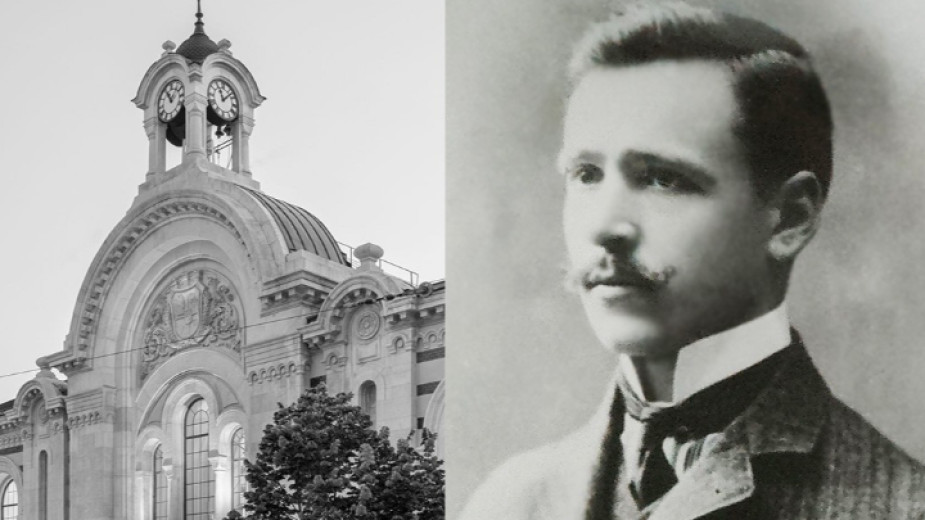 4
4
After the Liberation of Bulgaria from Ottoman rule, architects from Europe flocked to Sofia, which became the new Bulgarian capital city in 1879, to give it a modern look and functionality. In the end of the 19th century the first generation of Bulgarian architects who graduated abroad returned to Bulgaria and began to create. One of them was Naum Torbov, who created a number of architectural pearls that contributed to the Europeanization of the city. Fortunately, some of them have been preserved to this day. Among the landmark projects of arch. Torbov are the Central Sofia Market Halls, the Odeon Cinema, the Sofia Casino, the Continental Hotel, Paris Hotel and Boulevard Hotel, the “Macedonia” brewery, the home of the Luisa and Dimitar Stanishev (today the Grand Mufti's Office), the Church of Saints Cyril and Methodius near the Women's Market and other notable buildings in Sofia and other cities.
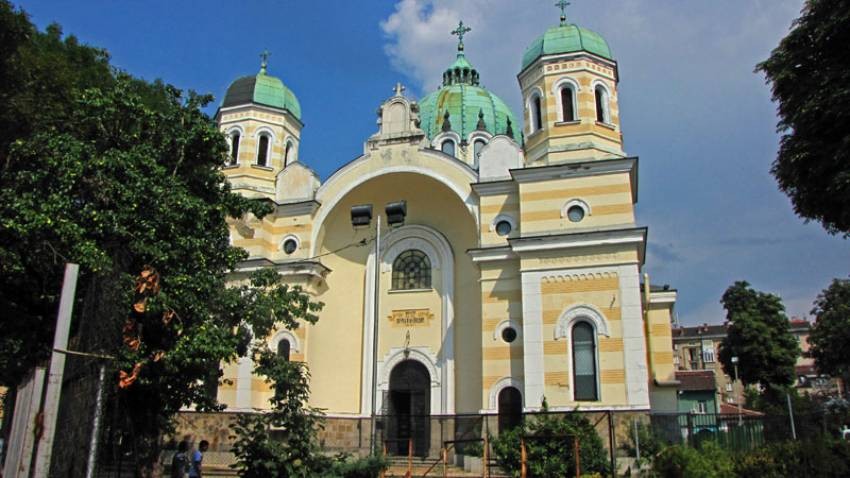
Naum Torbov was born in 1880 in the village of Gopesh, near Bitola, which is now in North Macedonia. Two years later, his family moved to the Danube city of Oryahovo. The young man graduated from high school in another Bulgarian city along the Danube – Ruse. Fascinated by architecture, he later went to Romania. How did the young man's life develop after that?
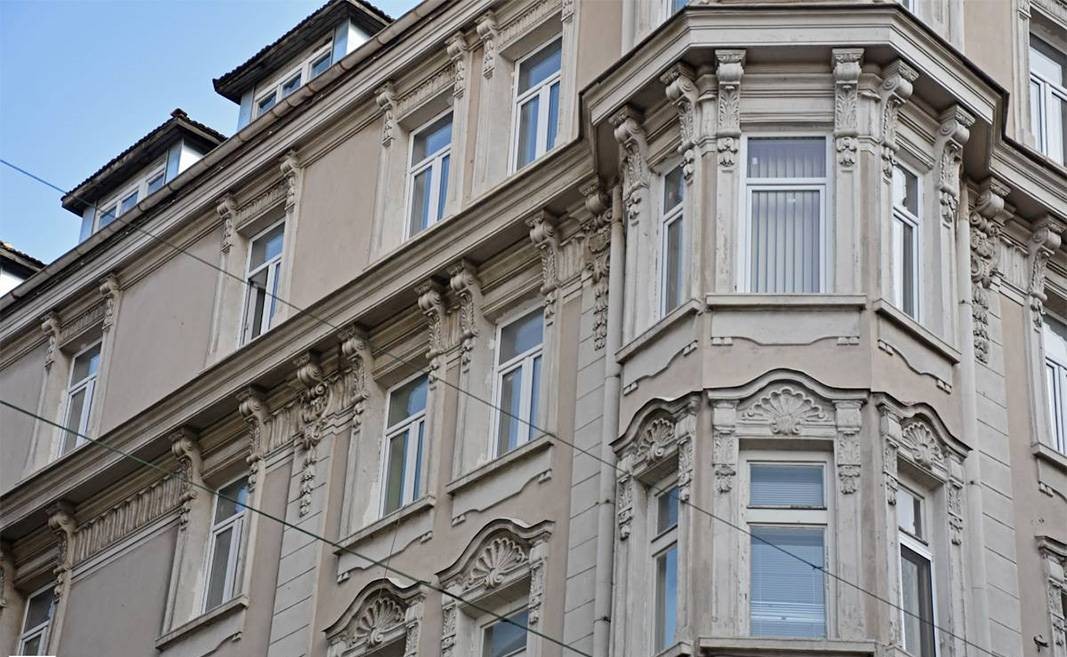
"He studied architecture in the Romanian capital city of Bucharest, which at that time was a much larger city than Sofia, with extremely lavish, rich architecture. He graduated there from the Institute of Fine Arts and everything he encountered as trends in Romanian architecture had a great impact on him at that time. Later, the main source of inspiration for him became the Austro-Hungarian capital, Vienna," Zdravko Petrov, creator of the Historical Routes Sofia project, has told Radio Sofia.
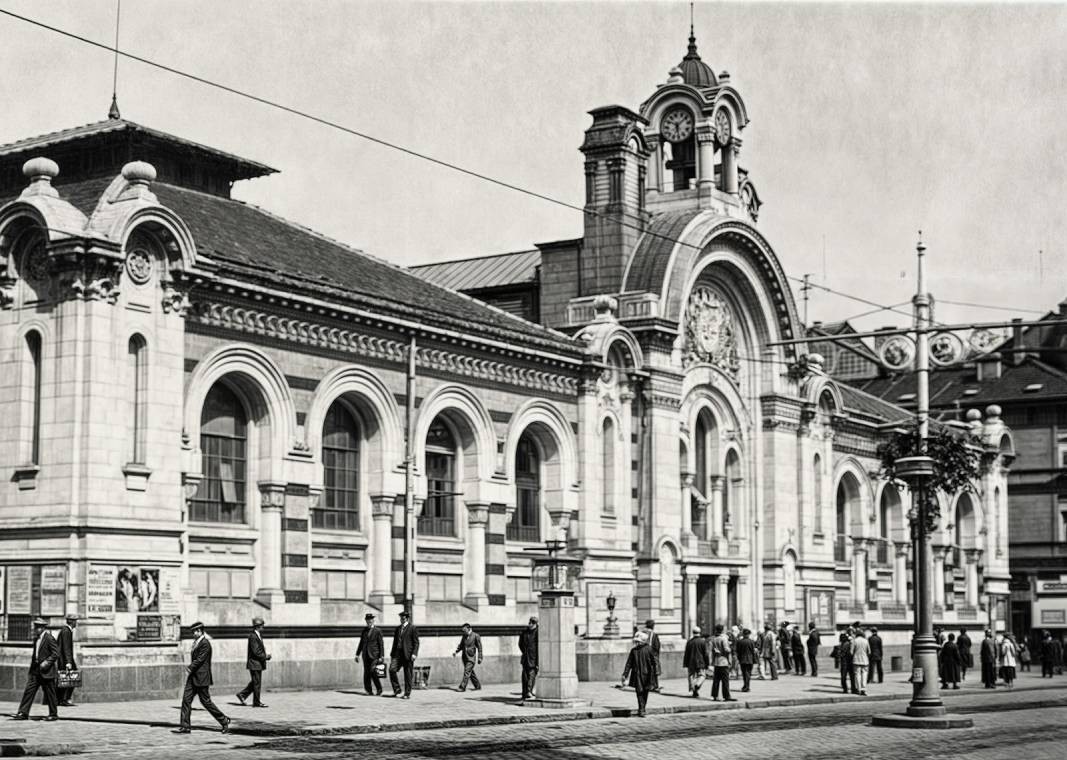
After returning to Bulgaria, Torbov was appointed head of the "Architecture" department at the Sofia Municipality and then started designing as a freelancer.
According to Petrov, the years around 1907 and the period before the Balkan Wars, were the most fruitful period for architect Torbov:
"Of course, this is not a surprise, as this was one of the most exciting periods in the architectural and construction history of Sofia and Bulgaria. In 1907, he won the competition for the Sofia Market Halls. At that time the building was of really great importance to the city, a symbol of modernity, which had to replace the previous oriental atmosphere of the markets of Sofia. The Sofia Central Market Halls was built according to the best trends of the time and the building provided everything necessary for good food storage safety."
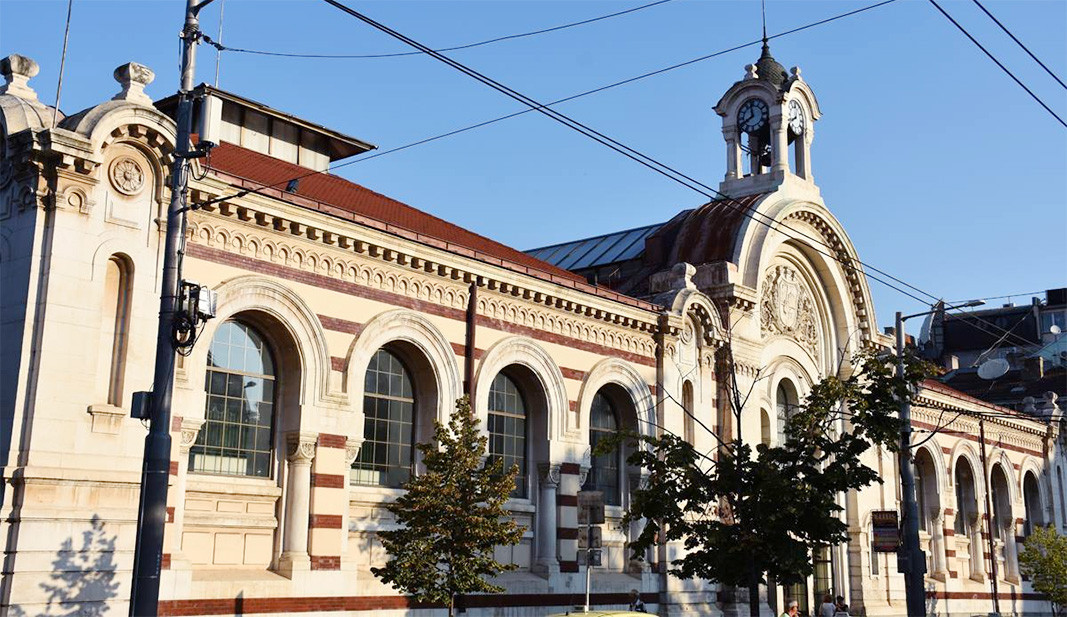
These days, we can enjoy the renovated building of the Central Market Halls, located on Maria Luisa Blvd. It should be pointed out that quite a few of the architect's buildings are connected to this boulevard. The Odeon cinema, built by Torbov and very popular in the past, was also located nearby, but destroyed during the bombing of Sofia in World War II.
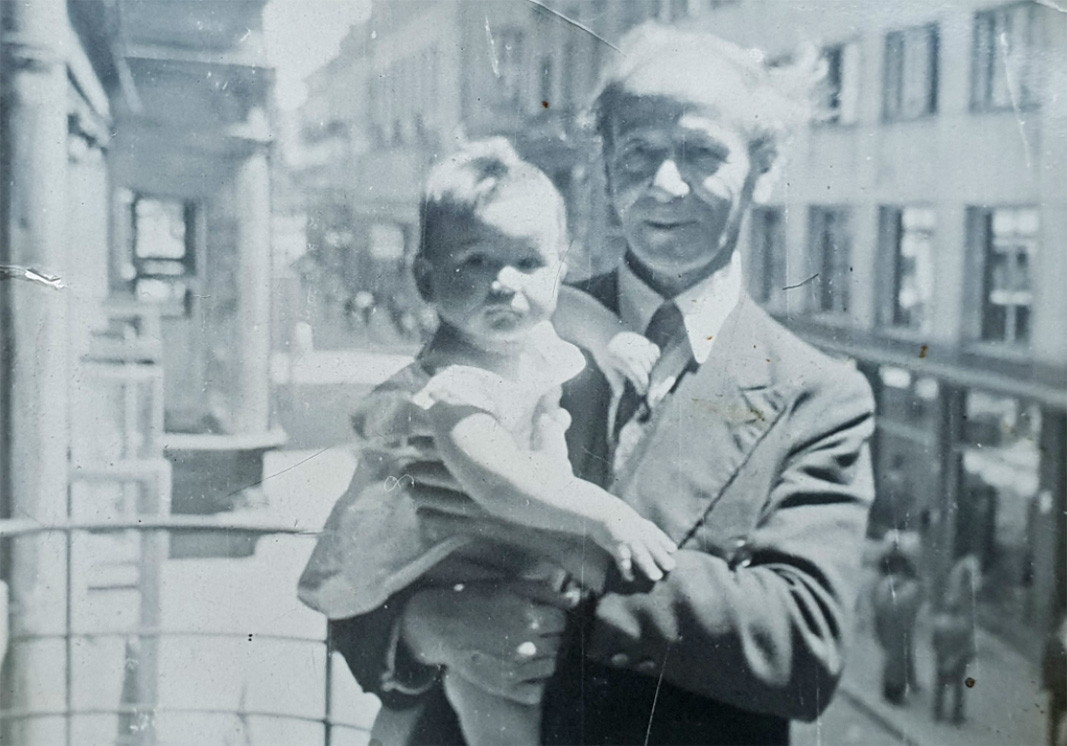
Unfortunately, many of the buildings designed by architect Torbov were destroyed by the bombings, along with his entire archive, which was located in his studio on "Maria Luisa" Blvd. When the communist regime came later, it took away all his real estate, which led to the absurdity of Torbov and his family living in a building designed by him and paying rent for it. In order to support his family, Naum Torbov was forced to work in the Sofia City Planning Directorate. He died of cancer in 1952.
Compiled by: Miglena Ivanova
Publication in English: Al. Markov
Photos: Historical Routes Sofia, stara-sofia.com, sofia-hali.bg, library
In anticipation of the Nativity of Christ, the Orthodox Church opens its doors for today's divine services, heralding the fulfillment of the mystery of the Incarnation. "Let us experience the Nativity of Christ during the solemn services, so..
Christmas Eve is one of those quiet family holidays, filled with hope for the future. At the border between the past and the present, Orthodox Bulgarians gather to welcome the days to come. Traditionally, the table on Christmas Eve is simple and..
Today, the Bulgarian Orthodox Church commemorates St. Naum of Ohrid. Naum was a medieval Bulgarian scholar and writer. He was born around 830 and died on December 23, 910. He was of noble origin but he left everything and followed the Slavic..
The Aprilov National High School in the beautiful Bulgarian town of Gabrovo nestled in the foot of the Balkan Range celebrates its 190th anniversary in..

+359 2 9336 661
